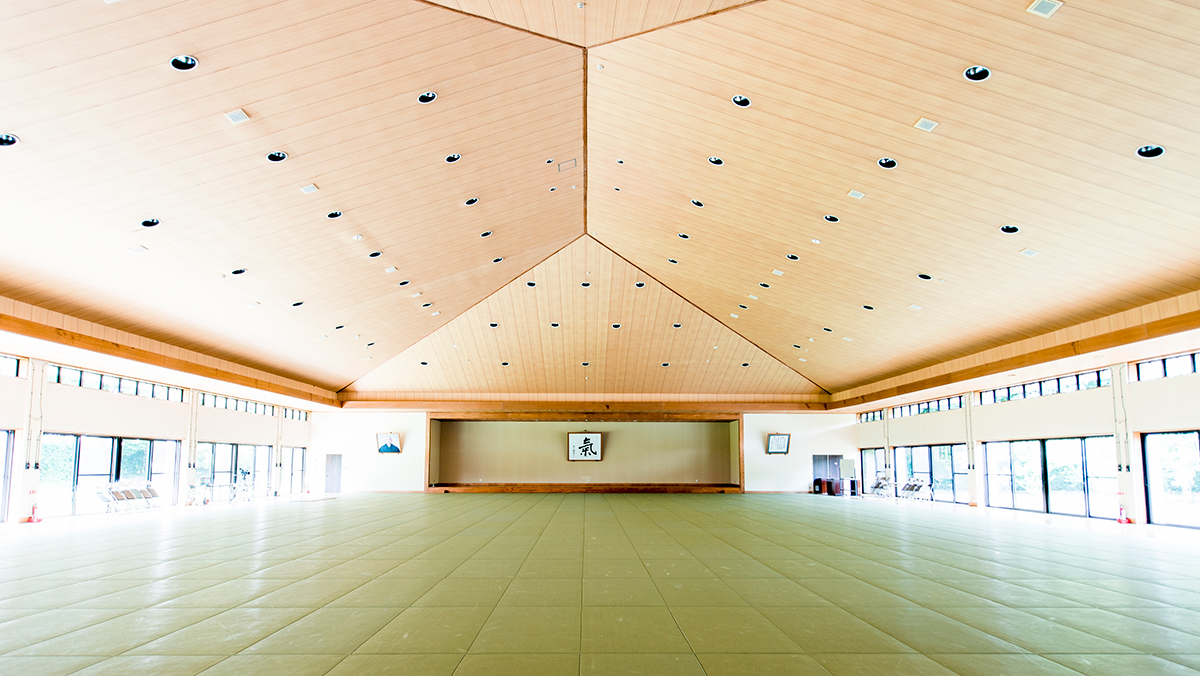It was over 10 years ago when I came across a book review in a magazine about a well-known Japanese impressionist / stand-up comedian, Michiko Shimizu. She talked about Koichi Tohei Sensei’s book “The Ki Breathing” (Ki no Kokyūhō, 氣の呼吸法). Because of this article, I decided to watch a video clip of one of her live performances. Her performance was brilliant and really funny, but what really struck me the most was what Michiko Shimizu said: “Impersonation is all about “kokyū” (which can be translated as breathing / timing).
At this time, I was regularly working on “breathing out / exhaling” in my Aikido training, so I knew that vocalization is done by exhaling. But I had never thought about imitating or mimicking someone’s vocalization. Ever since then, I have been studying how I can make myself sound like someone else.
I first tried a couple of well-known people, whom Michiko Shimizu often mimicked: Jakuchō Setouchi, a Japanese Buddhist nun and activist, and Akiko Yano, a well-known Japanese female pop / jazz pianist and singer.
At first, I didn’t sound anything like them! So, I decided to forget about their voices, and pay attention only to their breathing. Consequently, I ended up mimicking their breathing instead of their voices. It was then that a wonderful thing happened! Even though I was imitating them with my male voice, I was gradually beginning to sound more like them!
People have all sorts of habits in their breathing. Some people breathe with cadence, some breathe heavily, and some breathe as if they are going to collapse. But if you can reproduce these kinds of breathing habits exactly, the listener will feel as if you sound like the person you are imitating.
Ever since learning this, I started to pay careful attention to people’s breathing. I cannot recall how many people I have mimicked over the years. Although this endeavor started out of mere curiosity, this ability turned out to be quite useful later on.
For example, when I teach Ki breathing. I often notice that many people have difficulties with breathing naturally. I have observed so many breathing habits in people that I have became very aware of what makes one’s breathing difficult.
Another example is when I teach Kiai and counting, because one’s breathing habits are more clearly reflected in these actions. Instructions given about voices during our training are normally expressed in terms of “feelings”, and students who received this type of instruction often have a hard time understanding them.
However, because of my experiences with mimicking and imitating others, I can reproduce and demonstrate their habits, and thus show them what they sound like.
When we see ourselves from the outside, we are able to see what we are doing from another person’s perspective. Therefore, we become aware of our own habits. And once we are aware of our habits, our Kiai and counting can improve naturally.
I also became better at showing individuals how they can improve specifically and in a concrete manner. In Japanese, we say “manabu” (to learn) is to “manebu” (to mimic/imitate) and this seems to be true.
In the Ki Society, we have many members who are actors. “Vocalization” is all about “Kokyū”. Our breathing shows the status of our mind, so our emotions and our breathing quality are closely related. Each emotion has its own particular breathing quality, so if you can reproduce a specific breathing quality, your voice naturally comes out. If there is a separation between our breathing and our emotions, we would sound unpleasant to our listeners. But when we live with mind and body coordinated and we are extending Ki fully, we can have full command of our breathing, and thus can control our voice at will: a skill that probably many actors are interested in.
I myself speak to large audiences of sometimes several thousands. Of course, I have to think about what I want to say and talk about, but considering what kind of kokyū I would employ to communicate is also important. This is because how well we can communicate is affected greatly by the quality of our breathing.
More importantly, the condition of our breathing is extremely important when we execute our techniques in Shinshin Toitsu Aikido. When we can execute a technique successfully, that is because we are breathing in a way that allows the technique to work. For advanced students, mimicking (like stealing) other’s breathing is also an important part of training.
Everyday, we can have fun training to mimic and imitate the breathing of others, like Michiko Shimizu did.
Translated by Mayumi Case
Edited by David Shaner and Matthew Attarian
Eastern Ki Federation
https://easternkifederation.org/
Original article in Japanese: 呼吸を真似る (Kokyū o Maneru) June 1, 2022
http://www.shinichitohei.com/japanese/2022/06/post-882fbf.html

